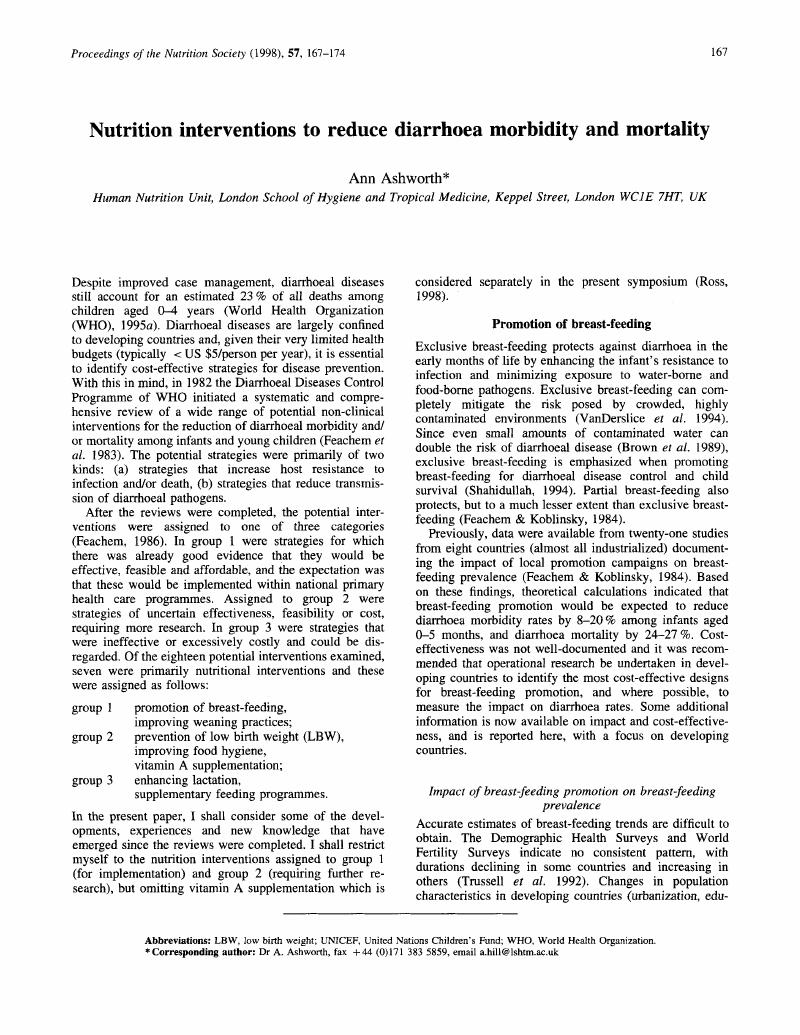Crossref Citations
This article has been cited by the following publications. This list is generated based on data provided by Crossref.
Arifeen, Shams
Black, Robert E.
Antelman, Gretchen
Baqui, Abdullah
Caulfield, Laura
and
Becker, Stan
2001.
Exclusive Breastfeeding Reduces Acute Respiratory Infection and Diarrhea Deaths Among Infants in Dhaka Slums.
Pediatrics,
Vol. 108,
Issue. 4,
p.
e67.
Bovee-Oudenhoven, Ingeborg M.J
Lettink-Wissink, Mischa L.G
Van Doesburg, Wim
Witteman, Ben J.M
and
Van Der Meer, Roelof
2003.
Diarrhea caused by enterotoxigenic Escherichia coli infection of humans is inhibited by dietary calcium.
Gastroenterology,
Vol. 125,
Issue. 2,
p.
469.





